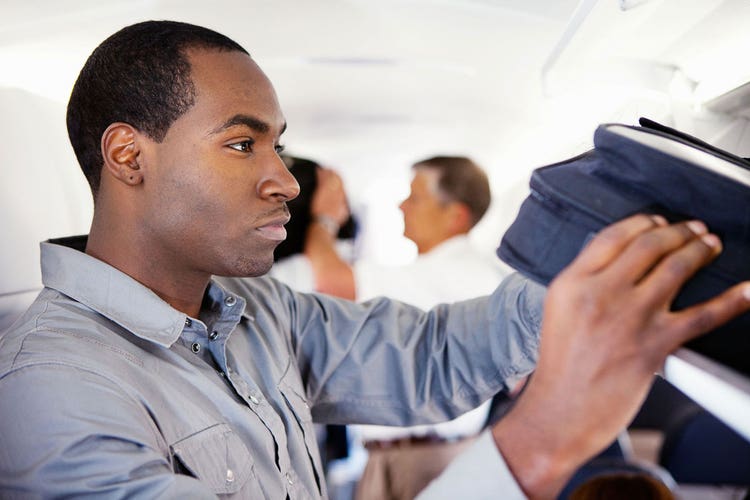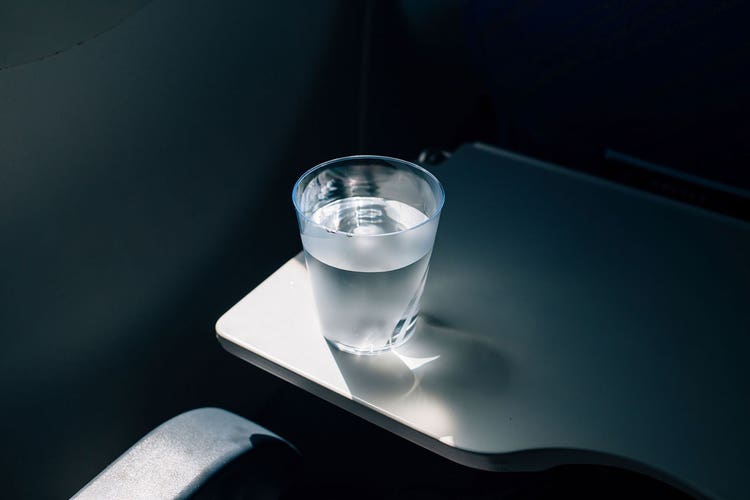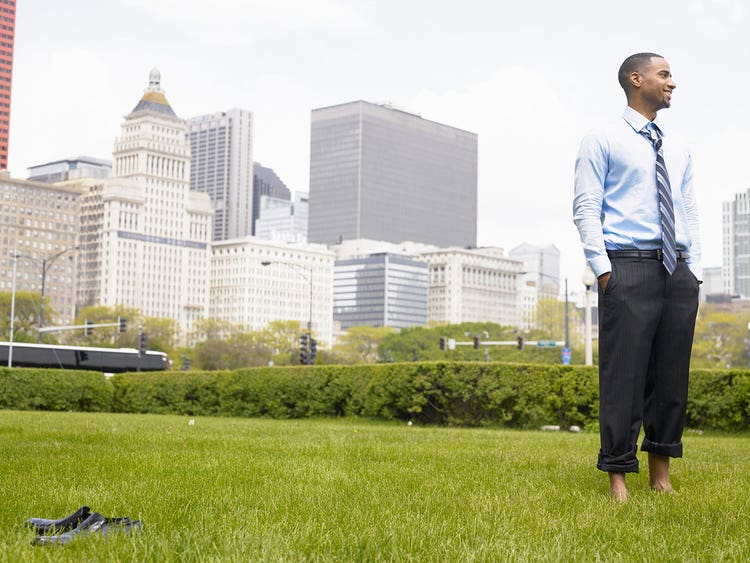The Future of Travel Is Smarter


Travel sucks. Frequent business travel particularly sucks.
Years ago, I passed out in the middle of an airplane aisle because of dehydration and exhaustion following a 48-hour round-trip flight to China. I got up to use the bathroom and woke up to a flight attendant attempting to revive me with orange juice. This was one of those calling-for-a-doctor-on-the-plane experiences. I was so tired, stressed and dehydrated that I’d completely passed out, midaisle, and had no memory of it. This was not my finest hour—but it was among my most formative.
Fearing I was at risk of dying was a wake-up call to change my life. Leveraging my experience in the tech sector as a “hacker” who tweaks things to achieve optimization, I set about “biohacking” my life. Biohacking is the art and science of changing the environment around you and inside you to give you more control over your own biology.
My harrowing experience is not unique. From CEOs to young professionals, too many of us are destroying our health through travel. Air travel, in particular, messes up your circadian rhythms as you shift time zones, increases stress hormones, is uncomfortable and raises your risk of blood clots. It’s also, as I learned the hard way, highly dehydrating.
While travel in the future will only get more intense as we travel farther, faster—which could wreak further havoc on our bodies—that’s not the future I envision. The future of travel as I see it involves us traveling not just faster and farther but also smarter.
Here’s some of what I’ve learned about how to travel smarter. Within a few years, these tips will be common knowledge among travelers. Fortunately, you get to learn them today. Better yet: They’re simple, and most of them are free.
1) Grab a seat up front.

We all know that planes have poor air quality. Yet most of us think there’s not much we can do about being stuck in a metal tube miles above the earth breathing recycled air. Here’s the thing to know: Air gets filtered from the front of the plane to the back. Therefore, the further back you sit, the greater your chances of getting sick. While most of us don’t have the luxury of traveling first-class, we can at least request seats farther up than the back of the plane. Doing so will decrease your risk of getting sick.
2) Take your vitamins.

On flights, not only do we get crammed centimeters away from people who may not be in great health, but the airplane surfaces also don’t get much cleaning between flights. That means you could be sharing germs with passengers not only on your current flight but potentially on previous flights, as well.
You need your immune system to be Bulletproof. Eating nutrient-dense, vitamin-rich foods before and during travel is key, as is loading up on vitamins A, D and C, plus zinc and glutathione. While you may not have heard of the antioxidant glutathione—termed by some as the “master antioxidant”—it’s crucial for immunity and detoxification. High-stress situations like travel sap our stores. Some foods like green veggies contain a little glutathione. Sulfur-containing foods like cruciferous veggies and garlic can help build it, and consistent exercise can boost it, but to get enough to combat the stress of travel, I recommend supplementing.
3) Drink up—but stick to water.

Airlines cycle the air in the cabin of a jet about every two minutes. This leaves the air breathable but also very dry. The cabin can end up being as low as 6 percent humidity, which is drier than any desert.
The dry air causes your body to lose water. Being dehydrated can dry up your mucous membranes, irritate your eyes, nose and throat, and weaken your immune system. Avoid dehydration by limiting caffeine and alcohol before and during your flight and drinking a ton of water before and throughout the entire flight.
4) Flex your (leg and ankle) muscles.

Deep vein thrombosis, or DVT, is a blood clot that usually forms in the legs. These clots develop when there’s poor circulation to the legs, low air pressure, dehydration and little leg movement. Long-distance air travel significantly increases the risk of DVT. Symptoms can include swelling or redness, but most people who form clots won’t feel anything. Most of the time these dissolve without becoming harmful, but they can be fatal in some rare cases.
The people most at risk for DVT are overweight or have circulatory problems, but it can affect anyone, especially on long flights of four or more hours. Avoid clot formation by keeping hydrated and standing up and walking around as much as possible. Flex your feet and legs often to keep your blood flowing. If you think you may be at risk for clots, consider wearing compression socks to avoid the swelling, which can encourage clotting.
5) Discover the ground beneath your feet.

This may sound a bit unusual, but it’s true: Walking around barefoot in the grass after a flight can have a dramatically positive effect on jet lag. The process, called grounding, works as follows: In the course of day-to-day activities, we build up a positive charge in the body. Walking or sleeping on the ground brings our bodies back into a neutral state. Today, we wear shoes and walk around in buildings, which leaves our bodies charged or highly stressed. Air travel magnifies this effect greatly.
Spending time barefoot in the grass or using an earthing mat (something I never travel without) not only can help fight jet lag but also can reduce stress, pain and inflammation and improve sleep, among other benefits.
A lot of things will change in the future. Our planes may be faster. Or maybe they’ll be autonomous rocket ships or personalized taxi drones. However we travel, today or in the future, there’s no need to sacrifice performance and well-being. With these simple biohacks, you can benefit from the future of travel today.
Video credit: CatHouseProduction, ShutterstockPhoto credit: Sean Locke, Stocksy; Liliya Rodnikova, Stocksy; Marko Milovanović, Stocksy; zenstock, Adobe Stock; Siri Stafford, Thinkstock
Editor’s note: Consult your health care provider before you make changes to your diet or fitness regimen.